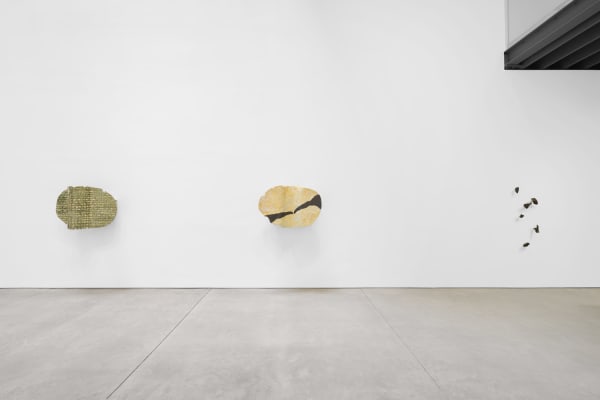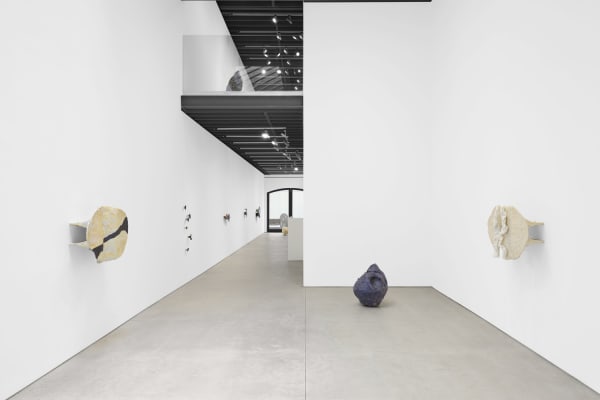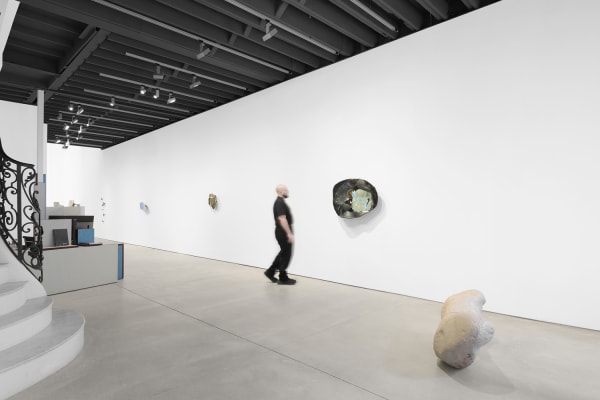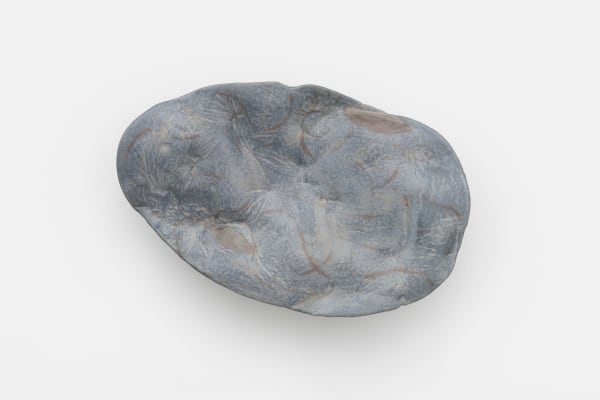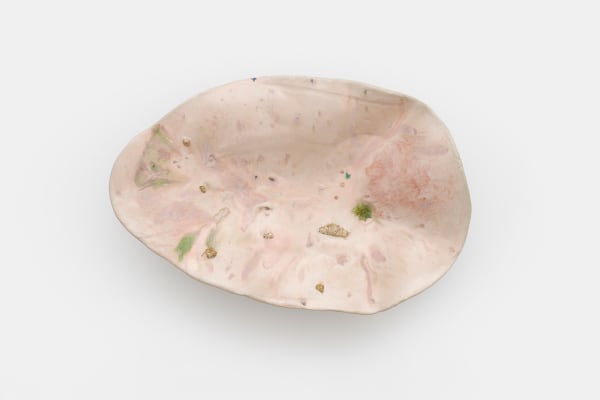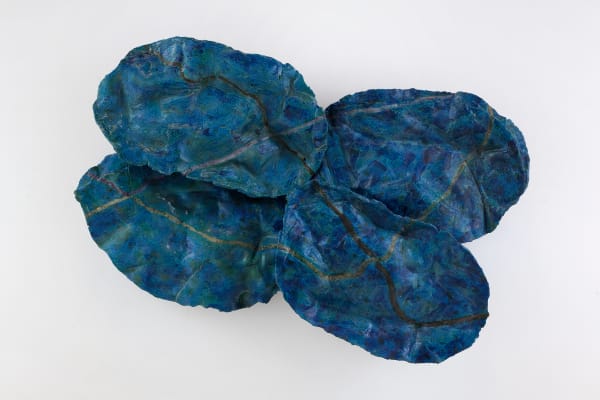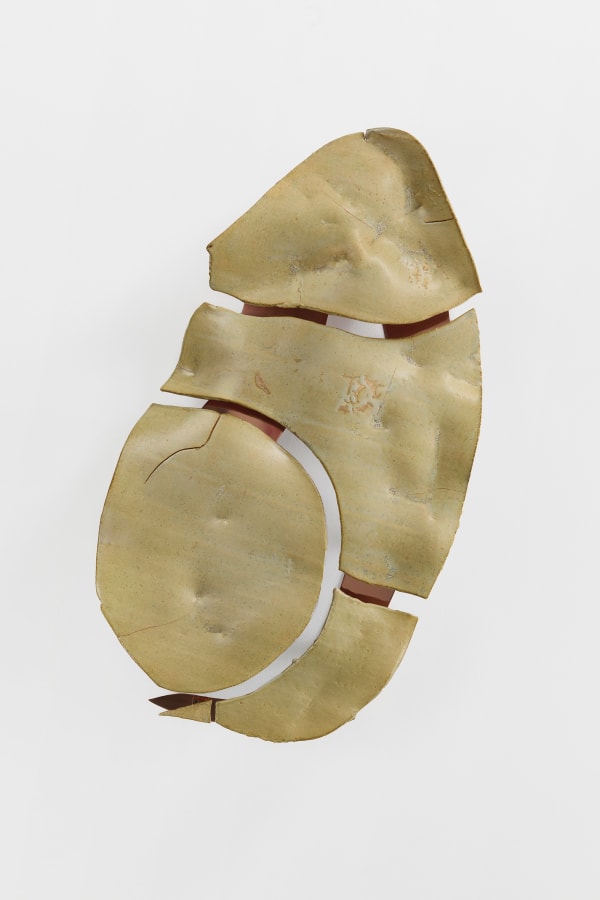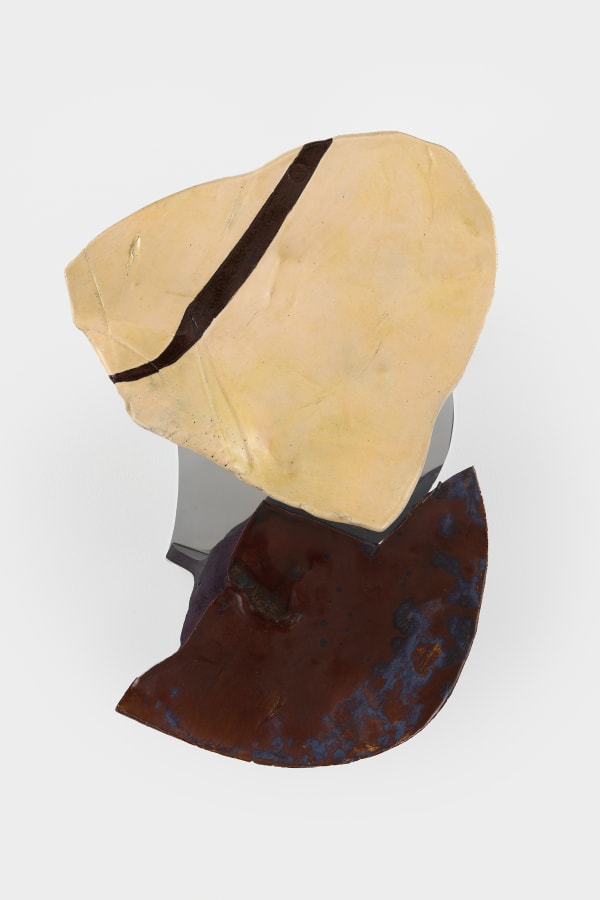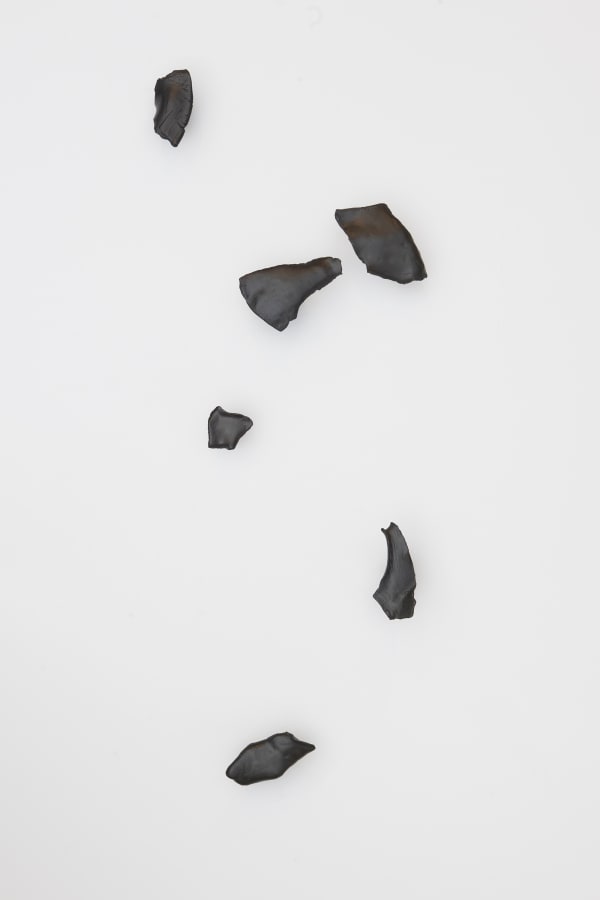Liz Larner: Maybe not
Past exhibition
Overview
|
Installation Views
Works
-
 Liz LarnerAsteroid (I 2001 FO32), 2021
Liz LarnerAsteroid (I 2001 FO32), 2021 -
 Liz LarnerAsteroid (Eros), 2021-2022
Liz LarnerAsteroid (Eros), 2021-2022 -
 Liz LarnerDark fuse, 2024
Liz LarnerDark fuse, 2024 -
 Liz LarnerEach branch a different future, 2024
Liz LarnerEach branch a different future, 2024
-
 Liz LarnerSearching for a better feeling, 2024
Liz LarnerSearching for a better feeling, 2024 -
 Liz LarnerRecondite accord, 2024
Liz LarnerRecondite accord, 2024 -
 Liz LarnerPredominance of Aquarius, 2025
Liz LarnerPredominance of Aquarius, 2025 -
 Liz LarnerDifferent shade of green, 2025
Liz LarnerDifferent shade of green, 2025
-
 Liz LarnerWove over, 2025
Liz LarnerWove over, 2025 -
 Liz LarnerOvovivi, 2024
Liz LarnerOvovivi, 2024 -
 Liz LarnerToward and away, 2025
Liz LarnerToward and away, 2025 -
 Liz LarnerCoalesce, 2025
Liz LarnerCoalesce, 2025
Press





